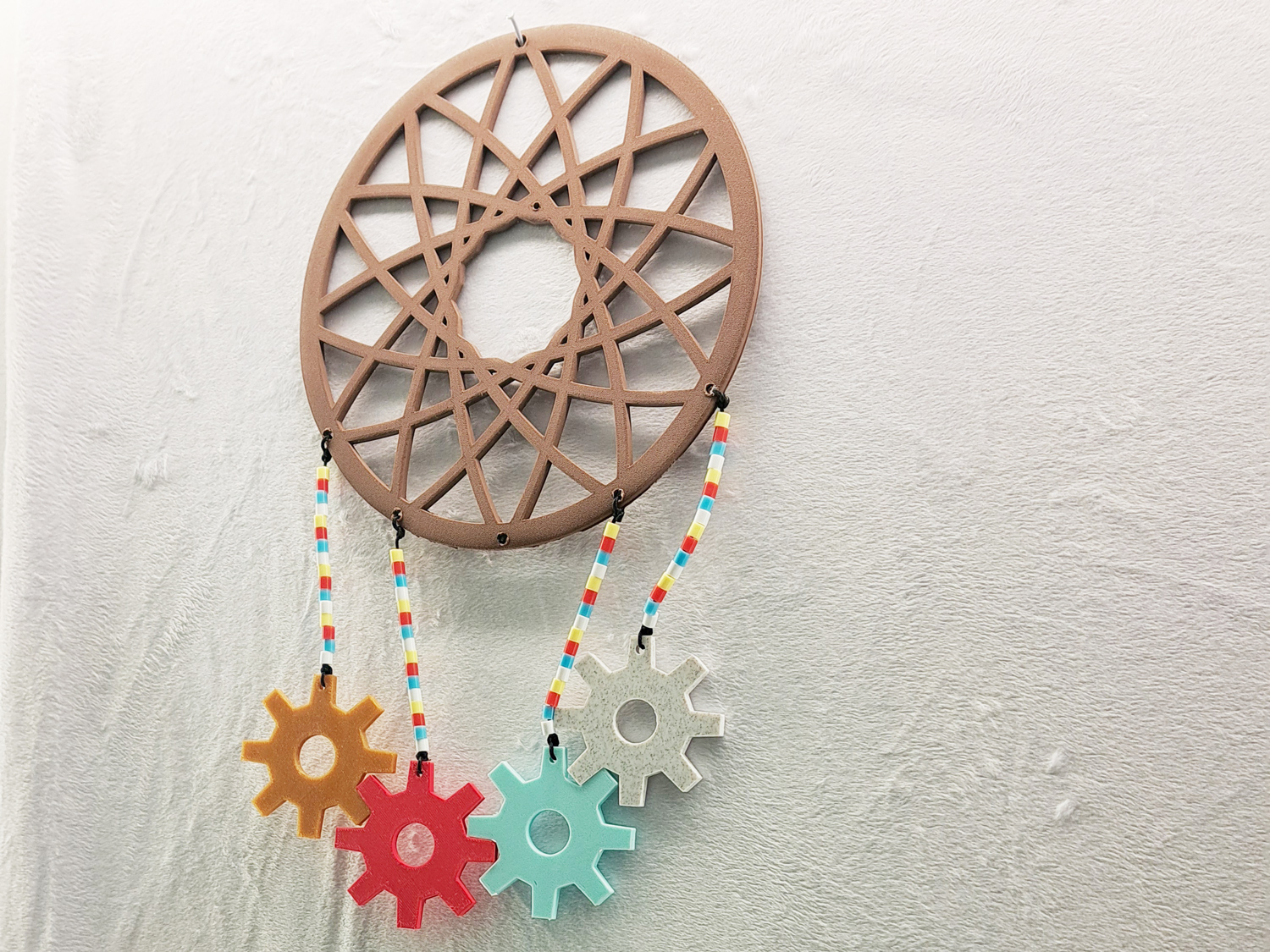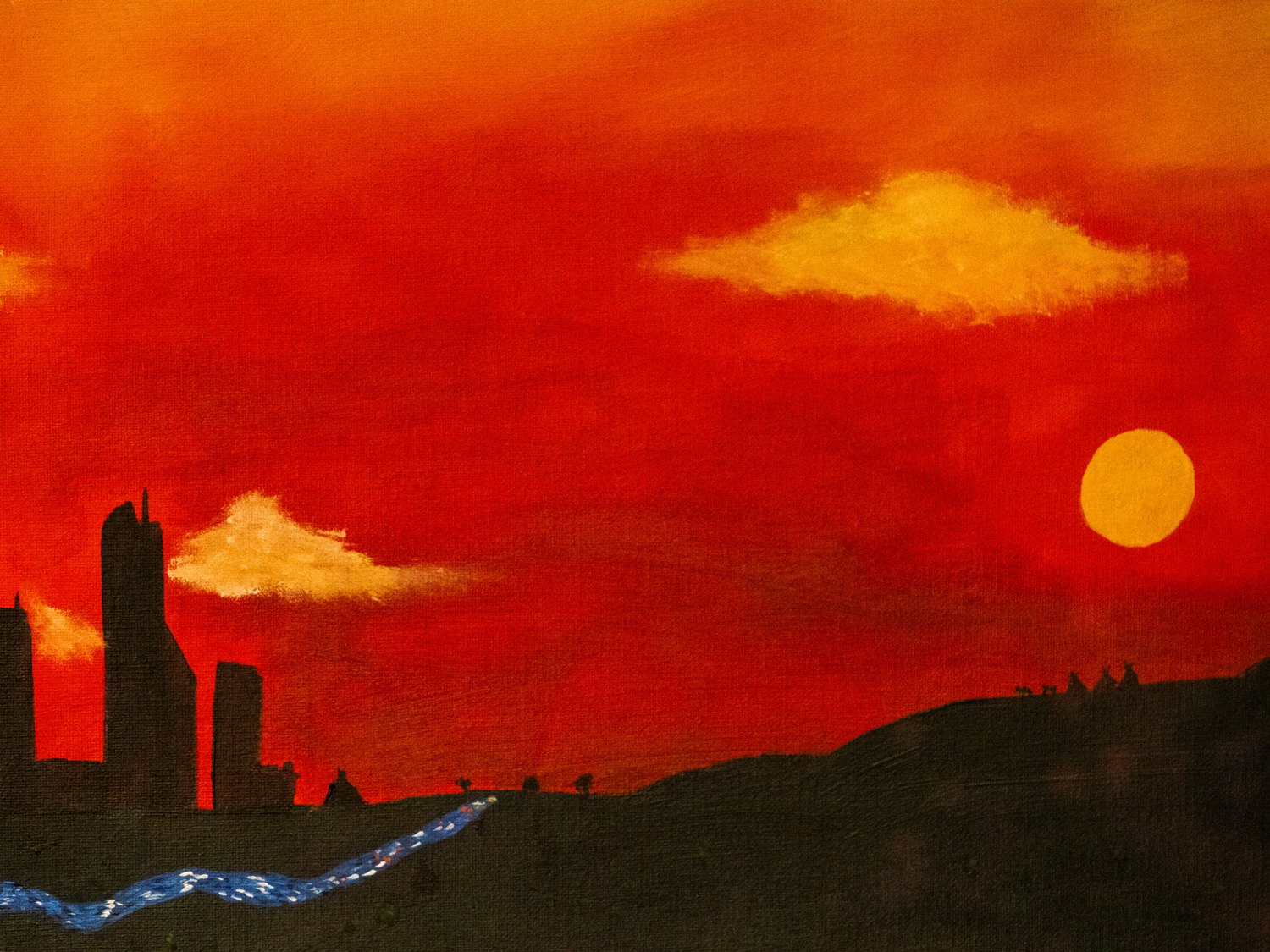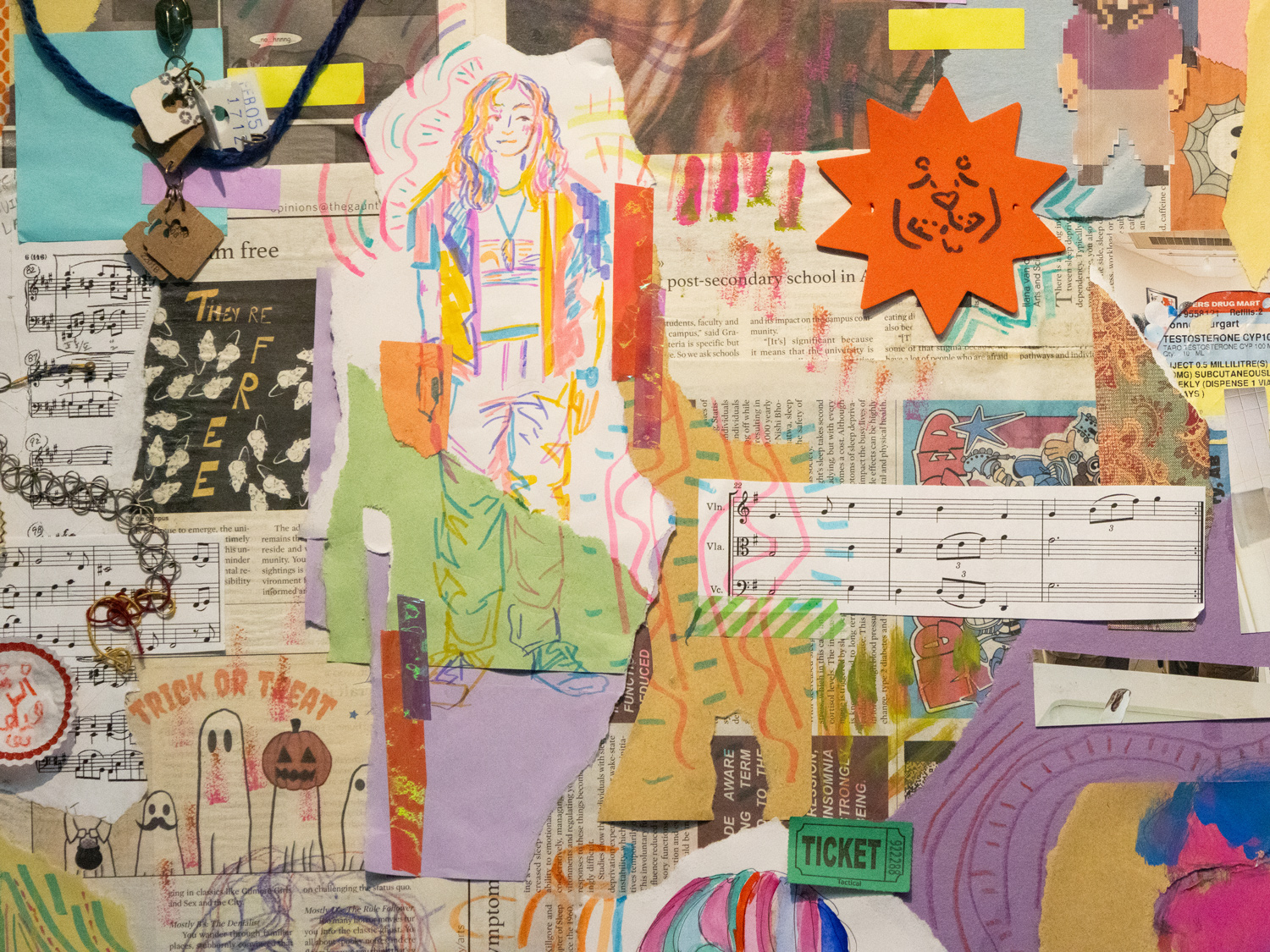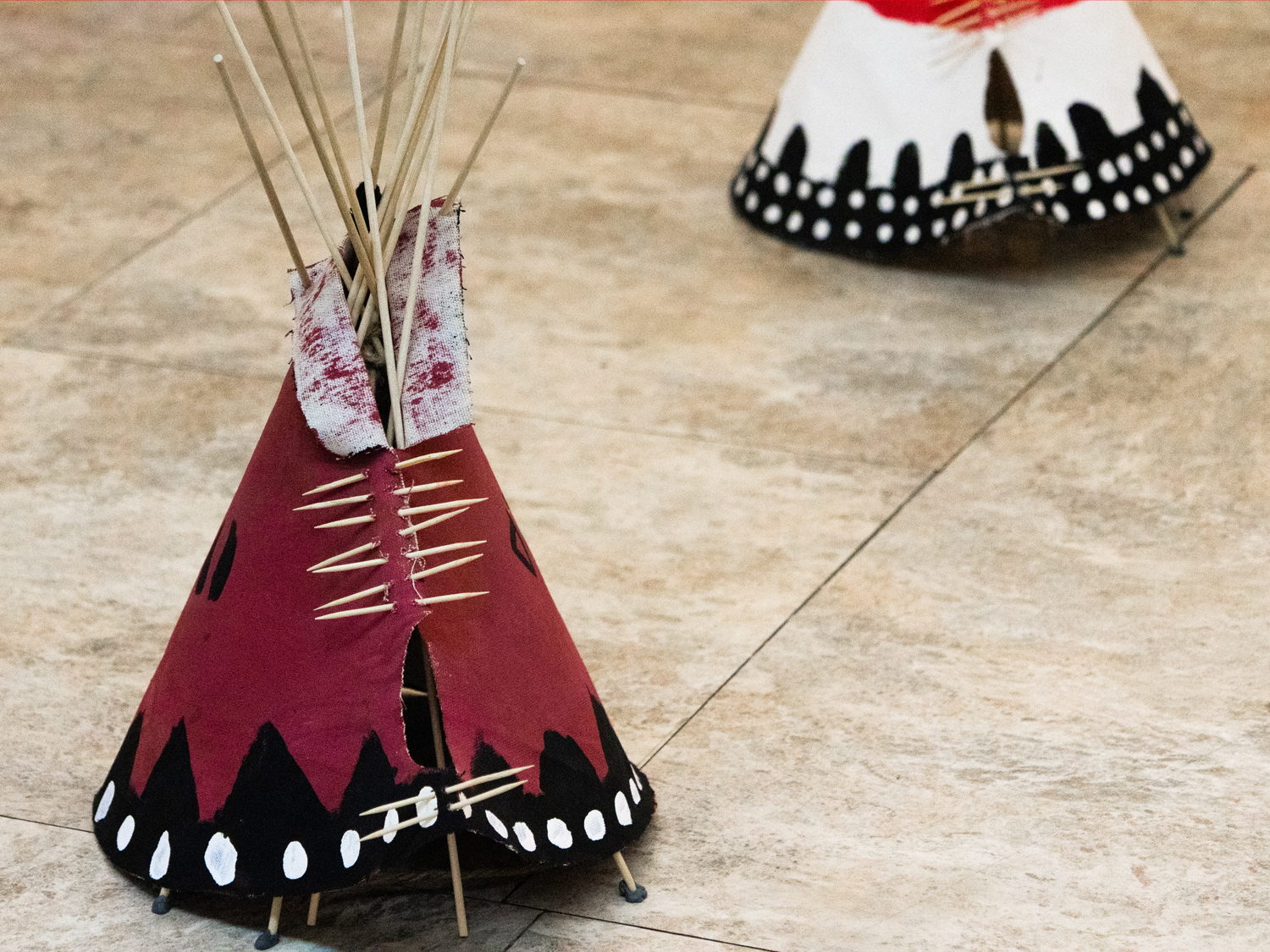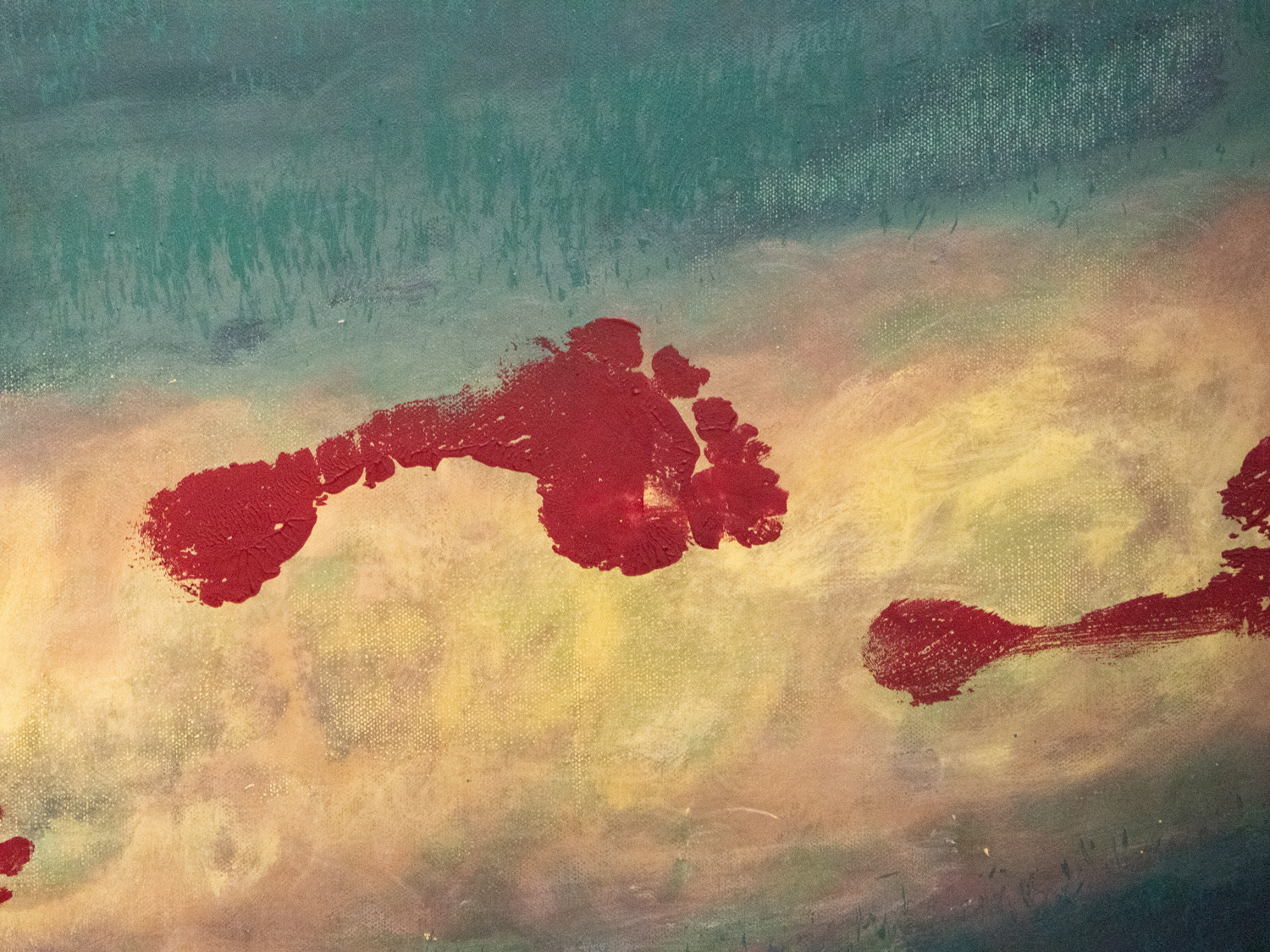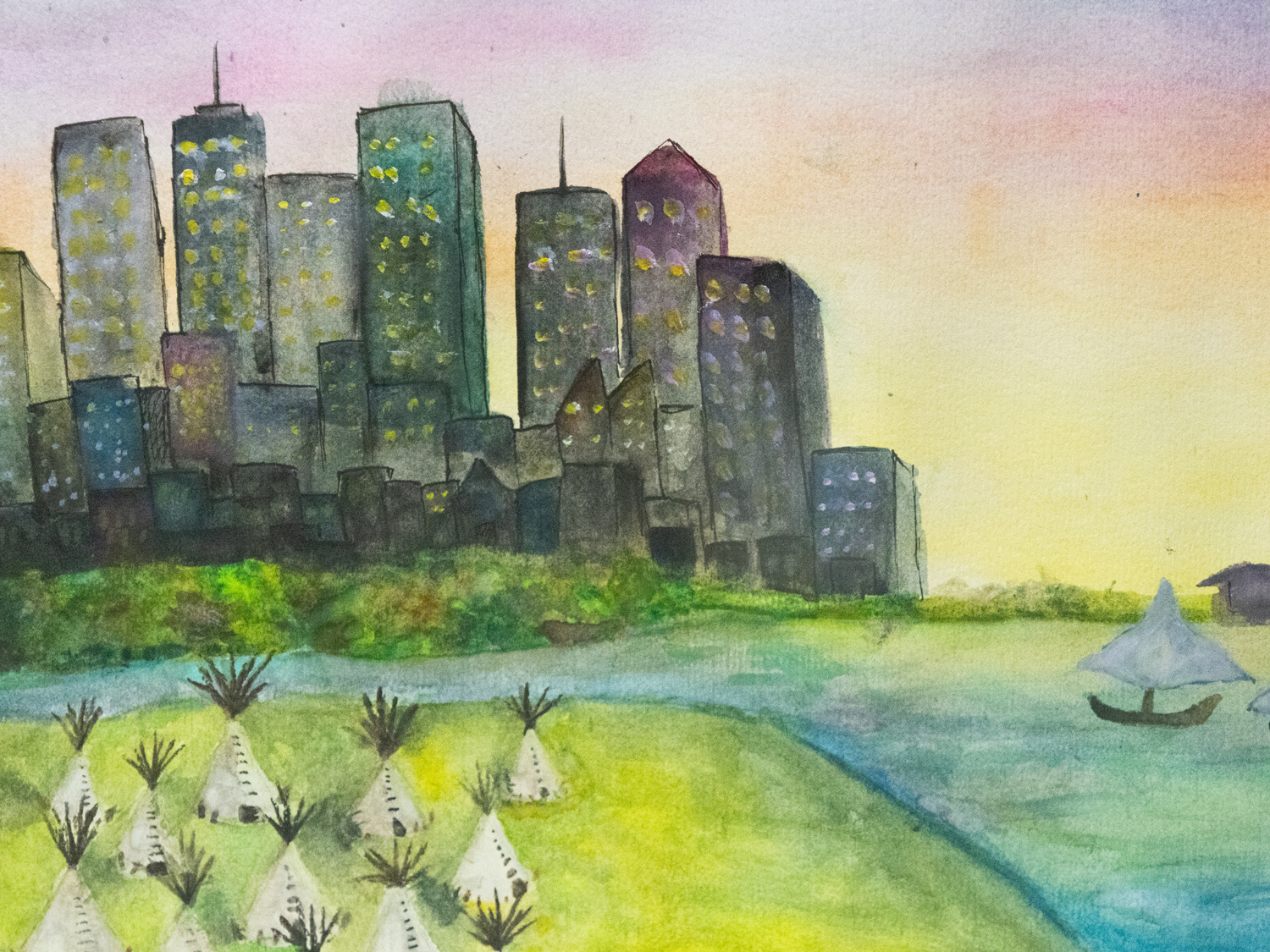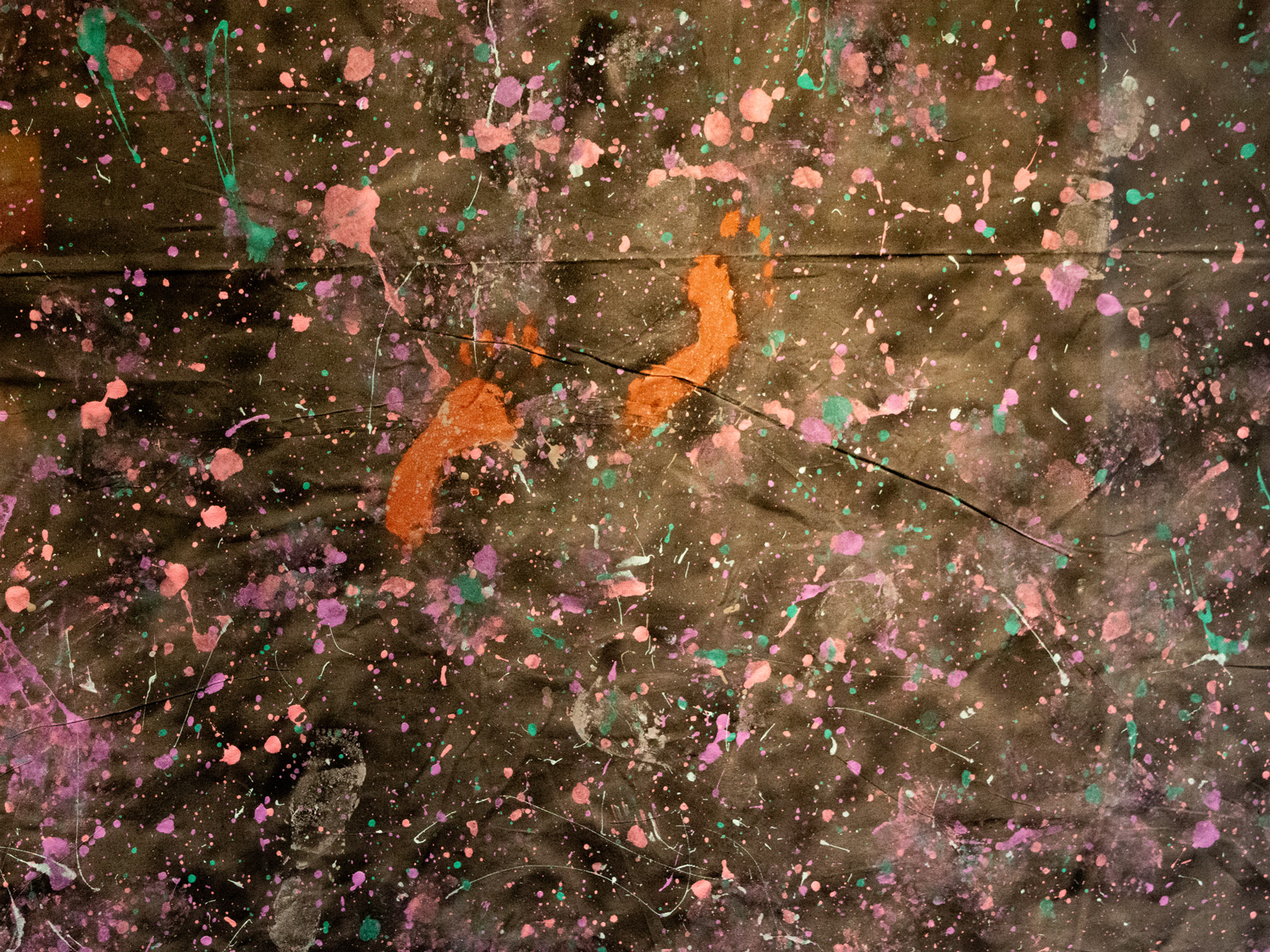+15 GALLERIES
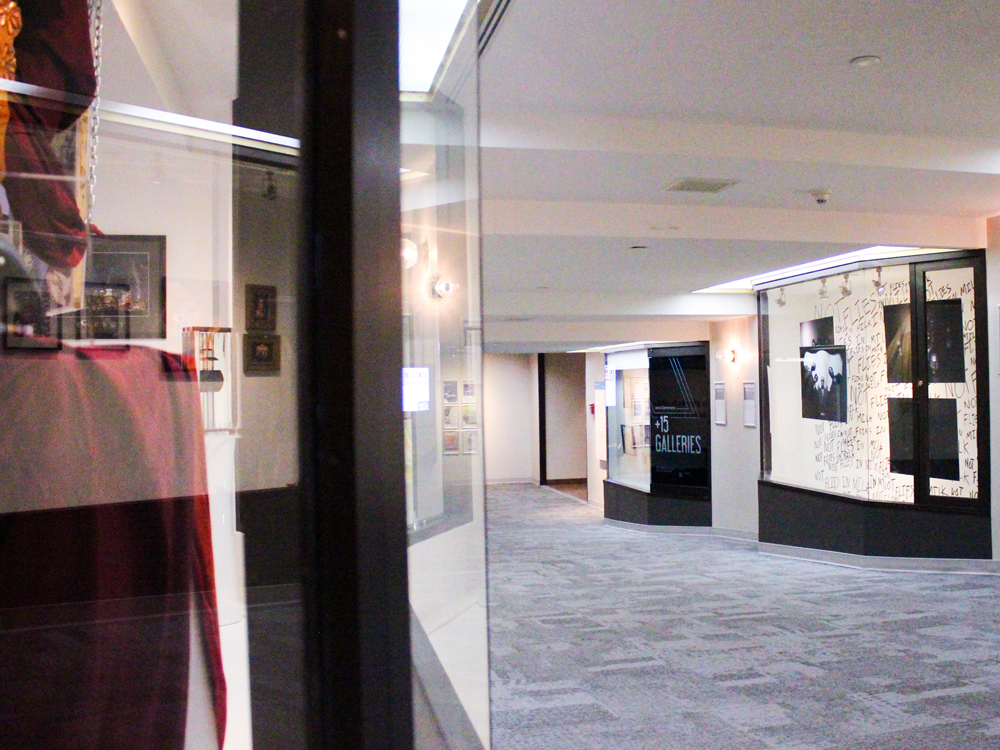
These eight galleries provide unique exhibition opportunities for community-driven exhibitions, and feature the work of emerging artists and curators. Located on the west end of the +15 walkway between City Hall and the Glenbow Museum, the +15 Galleries are always open and always free.
+15 GALLERIES
Located between the Hub and admin offices of ATP and Theatre Calgary
Hours
24/7
Price
Free
Current Exhibition
May - October, 2025
+15 GALLERIES
Current Exhibition
Etuaptmumk: The Art of Two-Eyed Seeing in STEAM
IndigeSTEAM
Anwen Durant , Brendon Many Bears, Connor Burgart, Joey Big Snake, Aisha Blackface, John Joseph Paul, Joseph Wolfleg, Eligh & Kaylee Shannon, King Family (Skye, Kaylee, Hunter, Shayda, Raina, Scarlett, Azalea, Violet), Sheila Norris, Marlee Wolfleg, Michelle Dinunzio, Quentin Norris, Tamia Spotted Bull, Vanay Villeneuve
Etuaptmumk: The Art of Two-Eyed Seeing in STEAM celebrates the ingenuity of Indigenous youth as they navigate and embrace the wisdom of walking in two worlds. Rooted in the principle of Etuaptmumk, or "Two-Eyed Seeing," this exhibit invites viewers to explore the dynamic interplay between Indigenous knowledge systems and Western methodologies within the realms of Science, Technology, Engineering, Arts, and Mathematics (STEAM).
IndigeSTEAM and Arts Commons have made this exhibit more than an artistic endeavor; it is a bridge—a space where storytelling, cultural identity, and curiosity converge. IndigeSTEAM has given a spirit of collaboration with these artists, opening their world to STEM and now allowing their artistic talents to join. Visitors are invited to reflect, connect, and celebrate the stories of walking in two worlds through the eyes of these Indigenous artists.
- Sheila Norris ( Nehiyaw - Otipemisiwak Cree-Metis - She/Her)
Executive Director for IndigeSTEAM, FIRST Robotics Mentor, and Curator for Etuaptmumk: The Art of Two-Eyed Seeing in STEAM.
Connor Burgart
Nana/Nookomis by Eligh & Kaylee Shannon
Brendon Many Bears
Iinii: Spirit of Strength by Joseph Wolfleg
Joey Big Snake
Fleeting Pain by the King family
Quentin Norris
Dreaming in Two Worlds by Michelle Dinunzio
A Bloom Frozen in Time by Marlee Wolfleg
Dancing with my Ancestors by Anwen Durant
About Two-Eyed Seeing
Etuaptmumk is the Mi'kmaq word for Two-Eyed Seeing introduced by a Mi'kmaq Elder from Eskasoni First Nation, Albert Marshall. It refers to learning to see with one eye the strengths of Indigenous Knowledge and Ways of Knowing, and with the other eye the strengths of western knowledges and ways of knowing, and to learn to use both eyes together* to gain a clearer understanding of the world. A Two-Eyed Seeing approach is one way to integrate, and develop a greater understanding of, and appreciation for Indigenous worldviews in our colonial-based classrooms. It is also a way to offer First Nations students more opportunities to succeed in the dominant culture without compromising their own culture.
* "Two-Eyed Seeing Guiding Principles" Institute for Integrative Science & Health
Elder Albert speaks about Two-Eyed Seeing from his Indigenous perspective, but it is hard for him to explain to non-Indigenous audiences about what and how they must learn Two-Eyed Seeing. For IndigeSTEAM, we all must learn how to learn and work in these two ways in order to make lasting changes for all of us. Two-Eyed Seeing in both directions will enable us to walk together.
We are sharing this one with an ecology base as one of the better ones. What we are discovering along our journey in supporting Indigenous Ways with STEM is that Two-Eyed Seeing is impacting other "traditional" school subjects too. Besides our programs for Indigenous youth to learn more about Western Science (both as STEM and STEAM), we have a lot of work to do to get Western minds to also see and understand Traditional Ways of Knowing and Being.
Listen to Elder Albert This is a long video of a seminar, but be sure to stay until the end of the question period as well as his talk.


